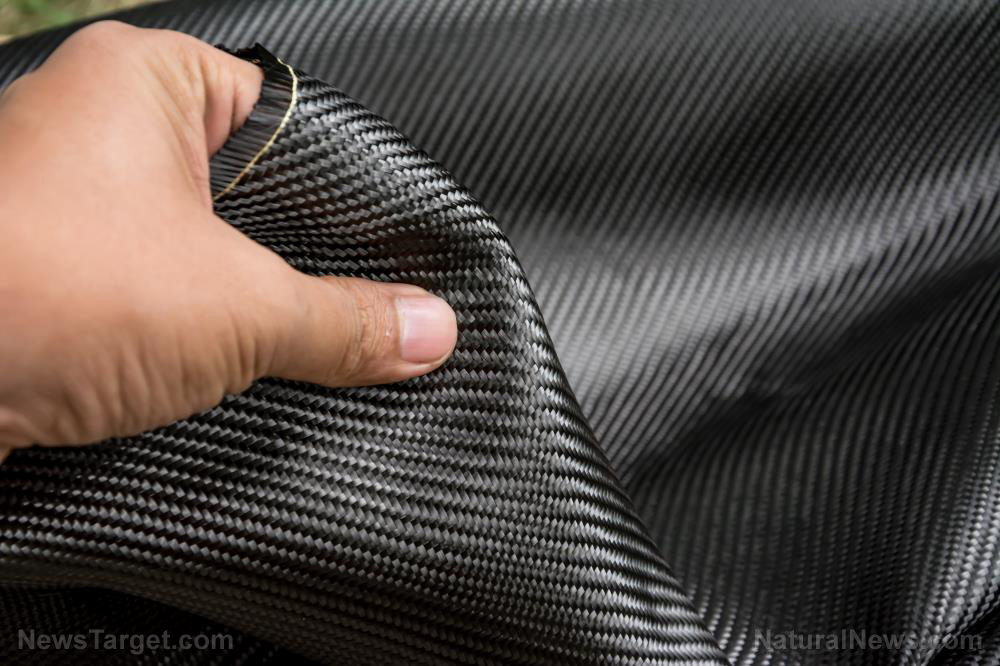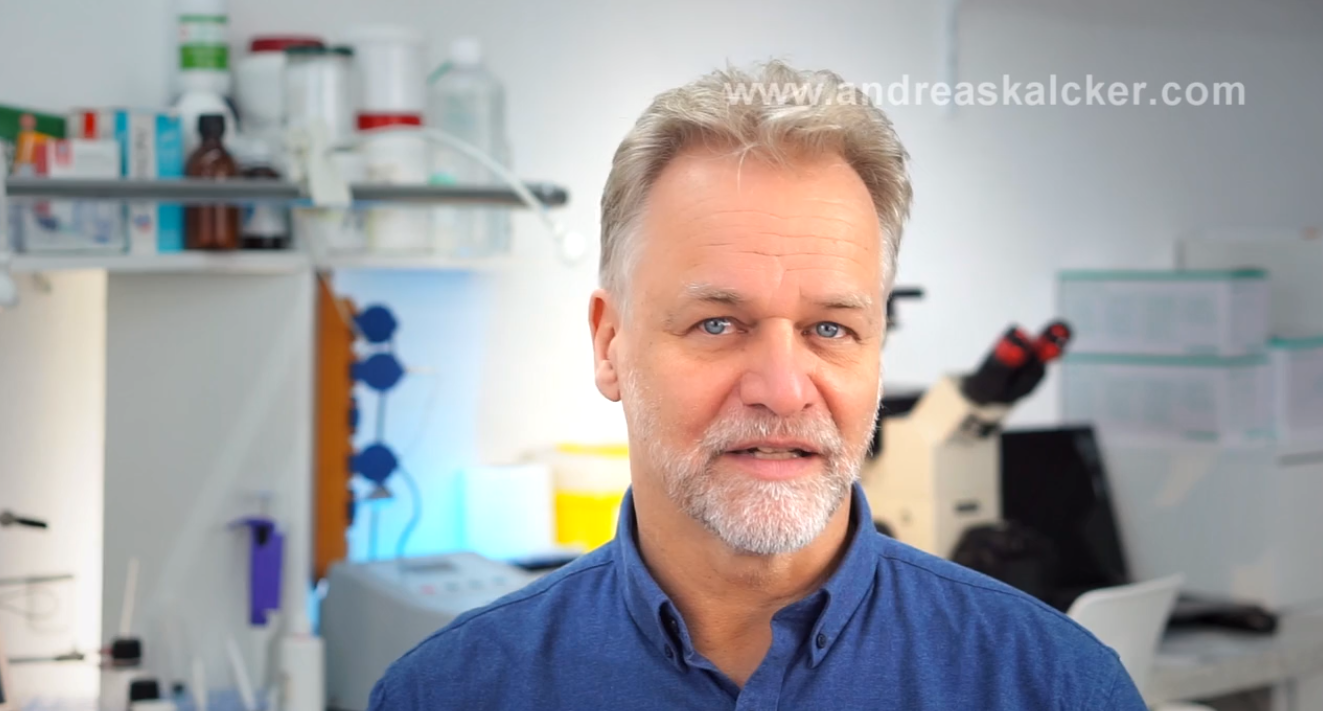Researchers develop unique, super-stretchy polymers that can self-heal
05/14/2020 / By Michael Alexander

As part of a study on new polymers, researchers have successfully developed a novel self-healing material — a feat considered to be a major breakthrough in the field of materials synthesis.
The material, a polymer with incredible stretching, vibration suppression and self-healing properties, was developed by a team of scientists from Oak Ridge National Laboratory (ORNL) in Tennessee, as well as researchers from the University of Tennessee, Knoxville and Northwestern University in Illinois.
“Utilization of self-healing chemistry to develop synthetic polymer materials that can heal themselves with restored mechanical performance and functionality is of great interest,” the researchers, led by Peng-Fei Cao of the Center for Nanophase Materials Science and the Chemical Sciences Division at ORNL, said in their report, which was published in the journal Advanced Functional Materials.
The material, composed of elastic polymers called elastomers, showed incredible stretching properties, elongating by up to 5,600 percent. The researchers said it was able to do so mainly because of the tunable mechanical properties of its rubbery elastomers, which they managed to exploit.
The researchers controlled the material’s elastic segments using rubbery polymer spacers, placed between hydrogen-bonding connectors, to achieve ultimate elastomer elongation with tunable resilience and toughness. (Related: Chemists design a new bacterial polymer that may one day replace petroleum plastics)
These adjustments also gave the material excellent acoustic and vibration damping properties, as well as the ability to recover quickly from being stretched and self-heal after experiencing mechanical damage. At room temperature, the polymer completely heals in 120 minutes; but it heals at a considerably faster rate when the ambient temperature is increased.
The researchers also found that the self-healing process the material employs can fully restore it and allows it to revert to its original appearance without a trace having been previously damaged.
Due to its unique self-healing properties, the researchers are convinced that the material can potentially be used to make longer-lasting and better-performing films, membranes, coatings and other useful products.
Self-healing materials: from the past to the present
Despite being considered a “futuristic” concept, the idea of self-healing materials is actually an ancient one. This concept has been around since the days of the Roman Empire.
Proof of this, archaeologists said, can be found in the structures the Ancient Romans built using a type of concrete made from volcanic rock, quicklime and a specific type of volcanic ash called pozzolana rosse.
“Roman concrete is considerably weaker than modern concretes. It’s approximately ten times weaker,” Renato Perucchio, a mechanical engineer at the University of Rochester in New York, said. “What this material is assumed to have is phenomenal resistance over time.”
According to archaeologists, Roman concrete owes its rudimentary self-healing properties to pozzolanic activity, or the chemical process that occurs when volcanic ash and quicklime react with water.
The process involves the creation of calcium aluminosilicate mineral crystals called stratlingite, which is used to replace the quicklime in the mixture. These crystals grow within the material’s matrix, including the interfacial zones where cracks tend to develop. The resulting continuous crystal formation then ends up holding the mortar and the coarse aggregate together, effectively countering crack formation.
“The dense intergrowths of the crystals obstruct crack propagation and preserve cohesion at the micron scale, which in turn enables the concrete to maintain its chemical resilience and structural integrity in a seismically active environment at the millennial scale,” Marie Jackson, a faculty scientist at the University of California Berkeley’s Department of Civil and Environmental Engineering, said.
Jackson previously led a team to investigate the longevity and endurance of Roman architectural concrete.
Roman concrete’s self-healing properties have since inspired the creation of other similar materials, including a polymer blend developed by the National Aeronautics and Space Administration (NASA) that can heal puncture holes caused by bullets, as well as a type of tough, self-healing rubber developed by Harvard researchers.
Self-healing materials that limit their own negative environmental impact are some of the most promising developments in today’s increasingly fast-paced and environmentally-conscious world. Not only are these materials useful and practical, but they are also incredibly economical, especially since self-healing technology — such as those used in infrastructure and industrial applications — help save time and money.
Sources include:
Tagged Under: breakthrough, Chemistry, discoveries, future science, future tech, goodtech, innovations, inventions, materials science, physics, polymers, research, Rubber, science and technology, scientific, self-healing
RECENT NEWS & ARTICLES
COPYRIGHT © 2017 DISCOVERIES NEWS


















